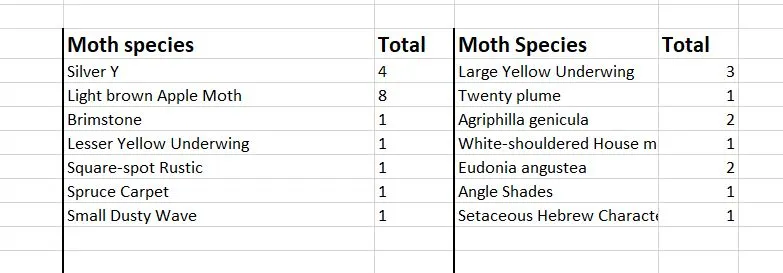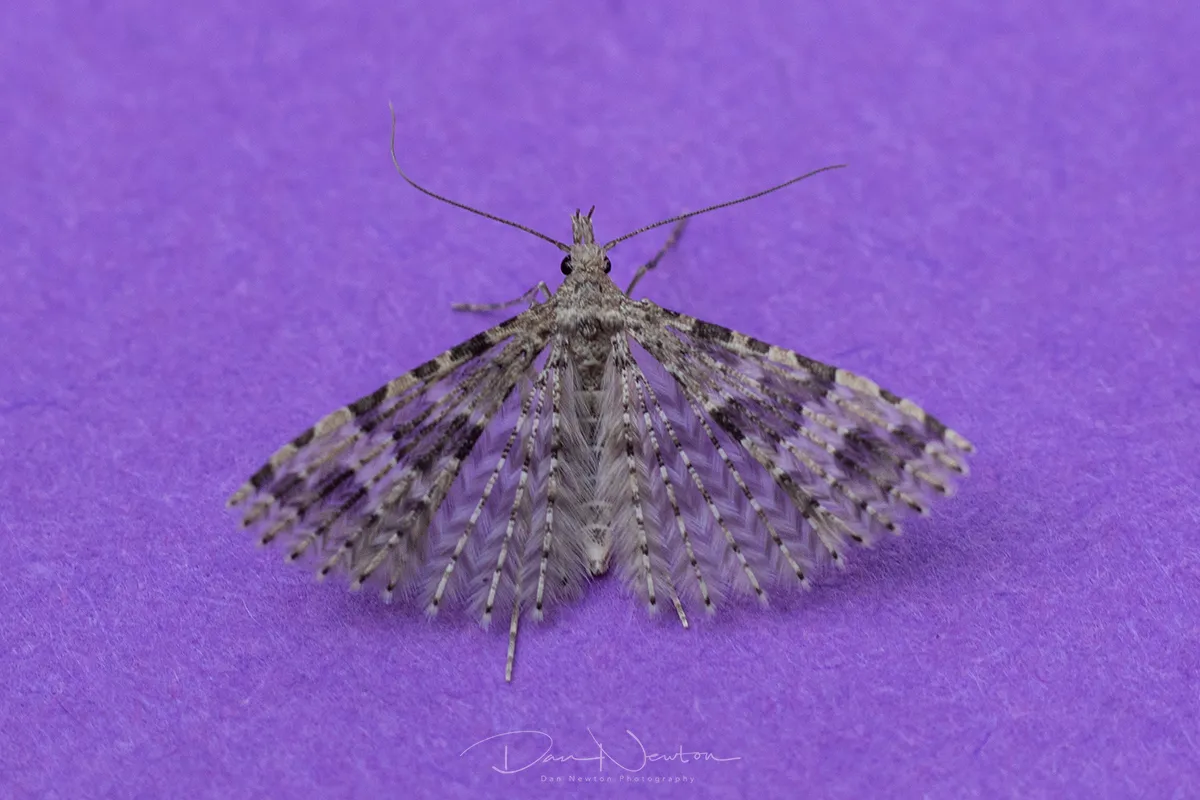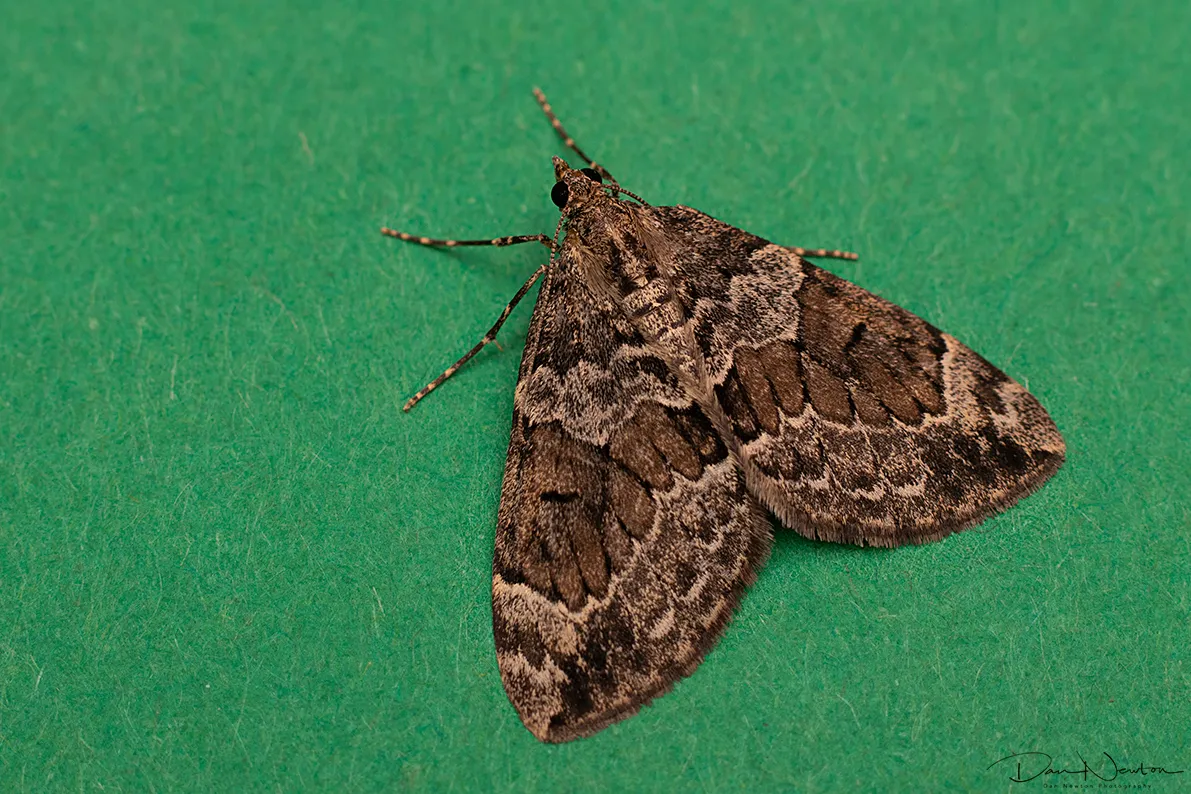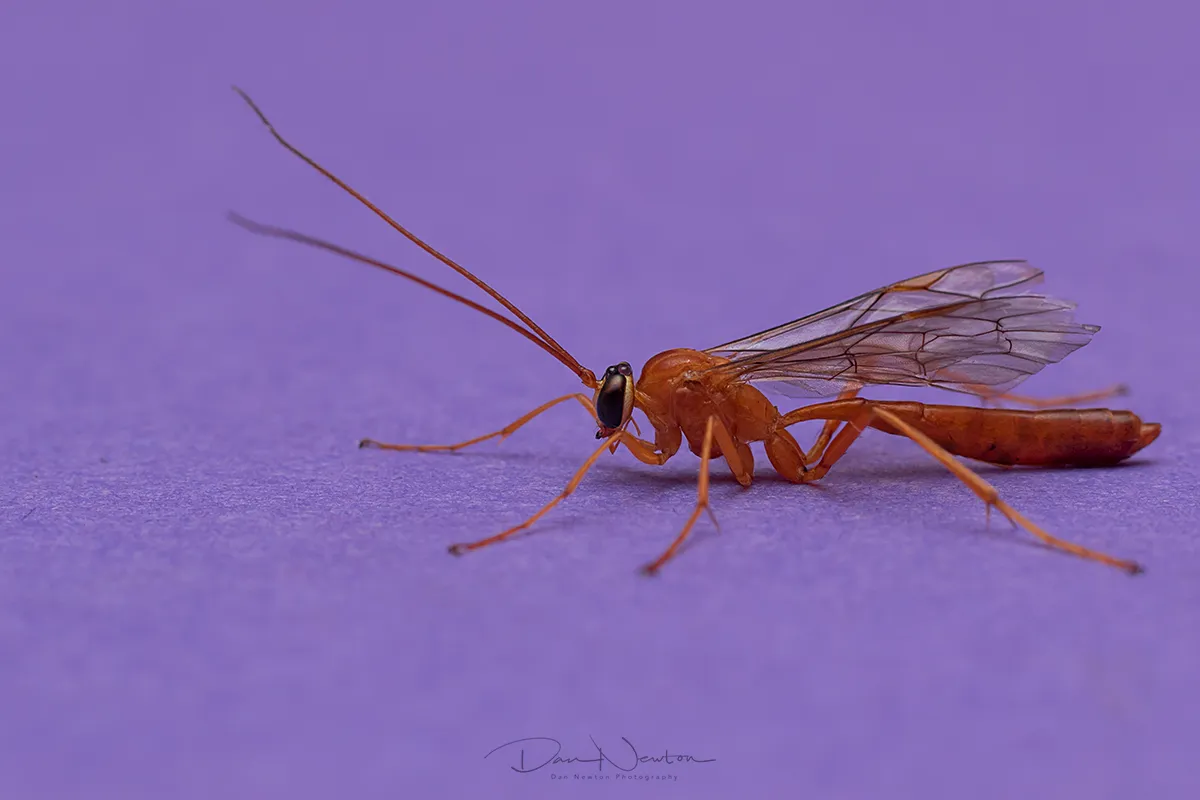Sharing the results from my latest Moth Trap Session. I have written posts about setting up a moth trap and on collecting the resultsif you want some more background info on how and why I use a Moth Trap
Date: 14th September 2020
Weather: Light cloud, very mild for the time of year at 20C. It is a bit breezy, but the wind is from the south-west and feels warm so I am feeling optimistic!
The Southerly wind is good as it means there is an increased chance of seeing rare migrant moths from Europe
Results: 28 moths of 14 species

Summary of Results:
I mentioned in Last Weeks Report that I was going to be slowing down the trapping sessions, however tonight seems to be potentially interesting, so I have set it all up.
Its a good start at any rate, there are a lot of Caddisflies appearing near to the trap. They are more fussy about weather conditions, so to have lots of them appearing means high hopes for more moths. Right as dusk fell several Light Brown Apple Moths (Epiphyas postvittana - a micro moth) appeared almost immediately.
And then just like last week, the numbers dropped off and there was very few moths flying about. The highlight was probably the Wasp featured at the end of this post, but it was good to see an Angle Shades while emptying the trap at 2AM.
Here some images of some the species seen:

Angle Shades - Phlogophora meticulosa
The Angle Shades is a common and widespread species, but I don't see them very often, and so they are always a delight to see.

Twenty Plume moth -Alucita hexadactyla
This distinctive little moth is a Twenty Plume moth. The 'plume' refers to the 'fingers' on each wing (you can see them as lines connected to wear the shoulders are if moths had shoulders). The name is technically incorrect, as it actually has 24 plume's (fingers) in total.
The Latin name is more accurate hexadactyla means 6-fingers, and refers to the 6 fingers on each wing. Four wings of course make 24 in total.

Spruce Carpet - Thera britannica
And a little bonus was this Nocturnal Ichneumon Wasp

Nocturnal Ichneumon Wasp - Netelia infractor
These orange nocturnal wasps are always cool to see, and I often see them while moth trapping as they are attracted to the light. They can be hard to ID, and I had to contact a guy I know who specialises in this group of insects for a correct ID.
They are actually surprisingly common here, but as they only fly at night most people don't have a clue they exist.
Anyway All ID's have been checked and confirmed, and I have added details of the session to the spreadsheet. I will try again in a week or so if I get decent conditions, and see if I can catch anything more interesting. There are some beautiful moths to see in Autumn, but they are few and far between.
Notes on Pictures: Since I started moth trapping 4 years ago, I have been slowly building up collection of Library Images. The idea being that once I have taken a picture of a particular species of Moth, I don't need another picture of the same species a year later. It’s a waste of time and energy. I only take pictures of new species, or of moths that are difficult to ID, so I can get the records verified.
While in my care, all individuals are looked after, and after Photographs have been taken, they are all released safely outside.
All names confirmed and checked via Wikispieces

If you have any thoughts or opionions on this article then I'd love to see your comments.
And if you really like the content then maybe you would like to upvote or re-hive it.

Check out my website for more of my work.
Facebook - Instagram - 500px - Redbubble

